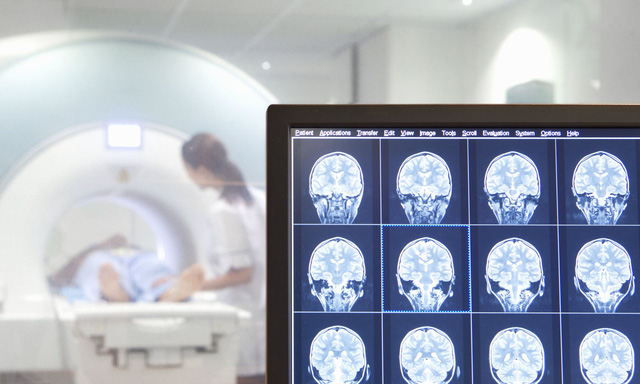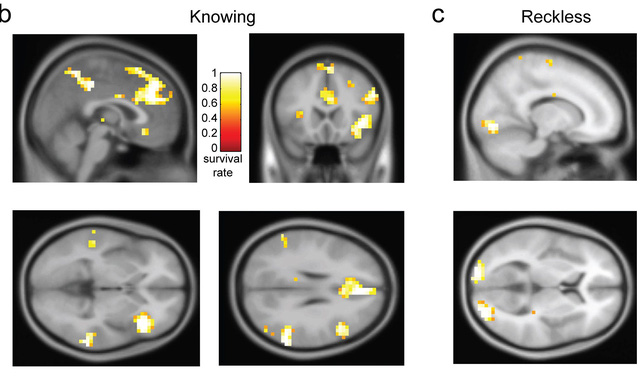Scientists say brain scanners can identify what is a crime
Research provides an accurate scientific tool to distinguish between unintentional crime and intentional crime.
Neuroscientists have used brain scanning to identify the difference between deliberate offenders and unintentional offenders (through their reckless actions). This is the first time researchers have deciphered criminal behavior with a brain scanner, showing brain activity in practice when criminal behavior takes place.
Researchers believe that the study will be a tool to help legal disputes about criminal offenses can be based on accurate science, emphasizing that this method will not be replaced. for decision from court.

Scientists can only decipher the intentions of people when they "fake" redoing offenses and being brainwashed. Punishment for crime can be greatly influenced by the intention when a crime is committed. If a person kills a family by crunching on them, the punishment will be much heavier than the careless driving and the death of a family.
The judge and jury must decide whether a person intends to violate the law, but how to distinguish between a deliberate offense and a criminal offense due to dangerous behavior yet to be clarified. However, these can be clearly expressed in the brain.
The researchers scanned the brains of 40 people while they participated in a computer test. These 40 people will be paid for carrying suitcases across the border. In some cases, people carrying suitcases know that there are drugs, some are not known in the suitcase. Scientists also change the possibility that "people who may be smugglers" are examined at customs.
Later, scientists set up a computer to work with images of the brain. Using an artificial intelligence method called "machine learning", researchers have found that this method can detect people who knowingly violate the law and violators because of dangerous behavior. dangerous.

Computers show the difference of the brain of those who commit deliberate and unintentional criminal acts.
Scientists want to consider more similar scans before making any firm conclusions. With more brain images from testers, this method could be applied in areas related to the brain such as distinguishing mental disorders, psychedelic hallucinations, change. Brain activity model.
Writing in magazines, scientists describe future experimental methods that can test a person's mental state when they have committed crimes in the past that can be reproduced by showing them photos from crime scene.
- Brain wave stimulation helps limit crime?
- Portable X-ray scanners
- Identify crime by scar, tattoo
- 'Look' brain catches cheating
- New discovery: The first mammal has a very good nose
- Already able to identify faces with DNA, where does the criminal run for escape?
- Identify criminals through ... bacteria
- Turn 'cricket' into a biometric scanner
- Introduction of the Alfa3 scanners support staff at the airport
- DNA guns help identify criminals
- Breakthrough in investigating crime scene
- The UK studies the pedophile crime identification system by hand
 'Fine laughs' - Scary and painful torture in ancient times
'Fine laughs' - Scary and painful torture in ancient times The sequence of numbers 142857 of the Egyptian pyramids is known as the strangest number in the world - Why?
The sequence of numbers 142857 of the Egyptian pyramids is known as the strangest number in the world - Why? History of the iron
History of the iron What is alum?
What is alum?